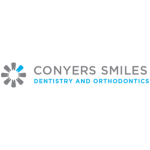
An updated MyPerioPath® Antibiotics Guide is now in effect following our most recent clinical review. These periodic reviews are an essential part of our commitment to evidence-based care, ensuring the recommendations outlined in the report reflect the most current evidence and published literature. As a result, you may notice minor adjustments in some of the antibiotic options recommended, intended to support effective treatment while promoting thoughtful, responsible use.
In particular...
Read More









